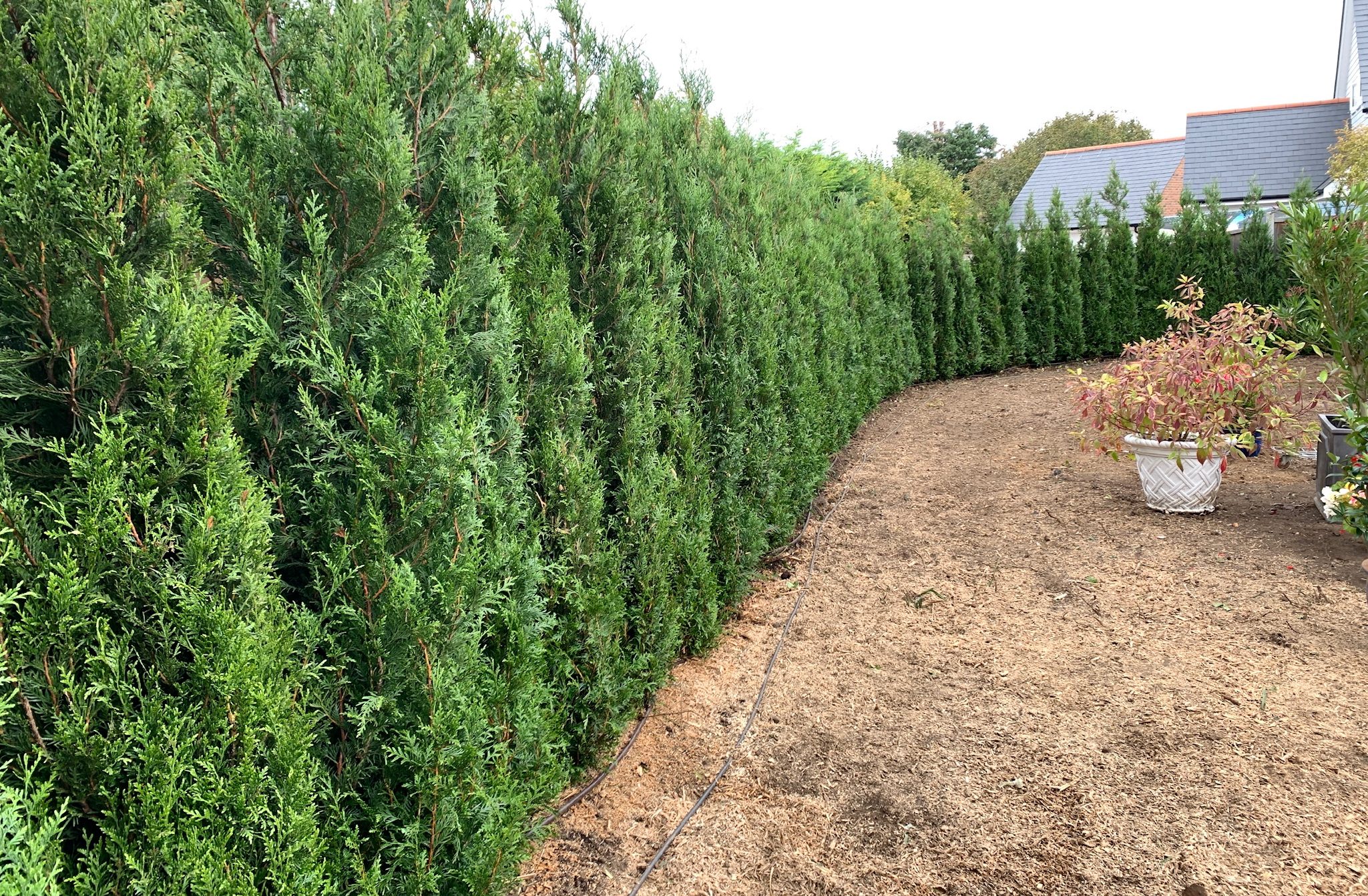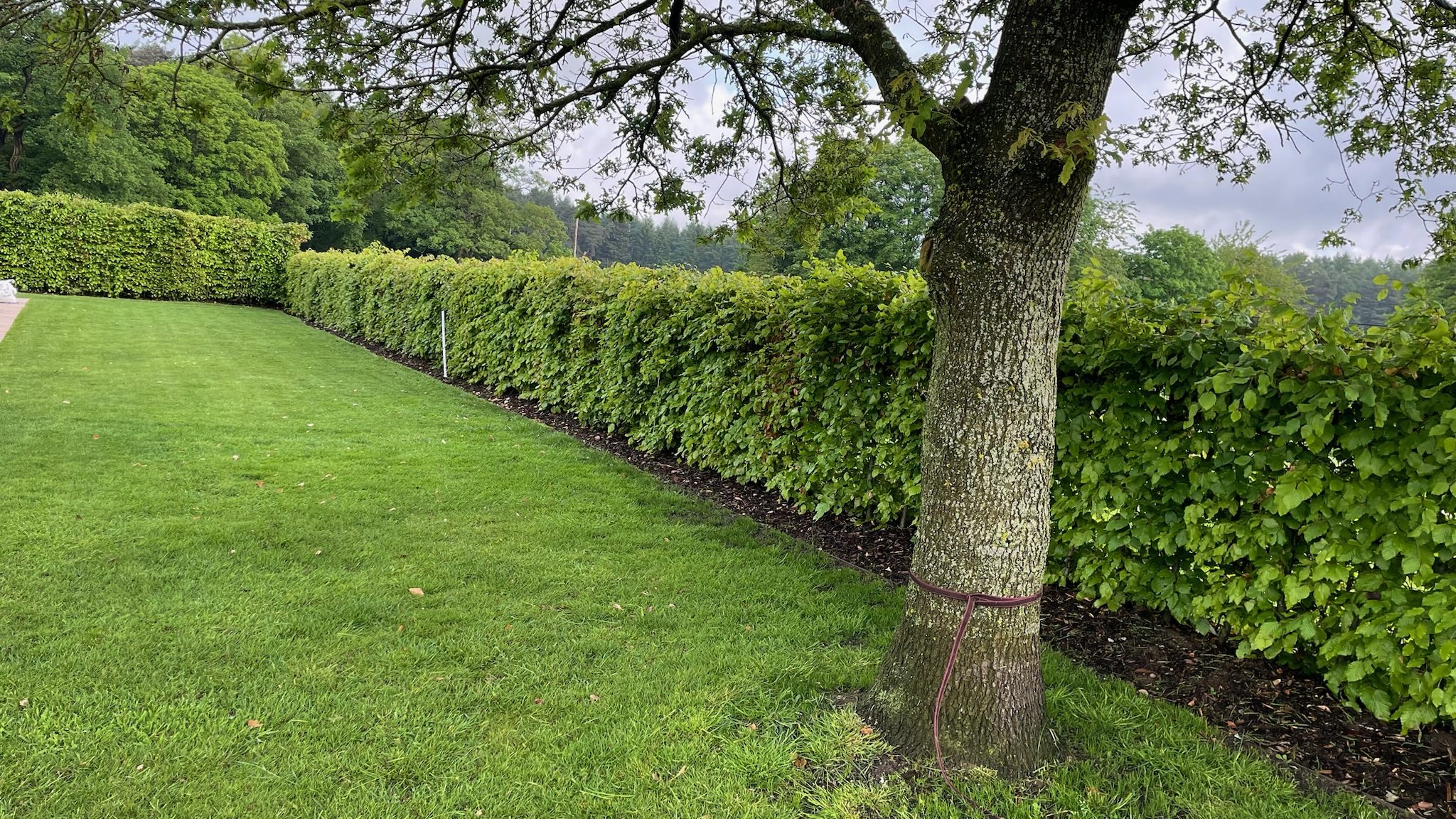
Your Hedgeforce instant hedge has been carefully grown, shaped, and delivered to give you immediate privacy and structure. To keep it healthy and thriving, just follow these simple maintenance steps.

Apply a slow-release balanced fertiliser in early spring, avoid feeding late in autumn, as this can encourage soft growth before winter.

Planting a mature hedge offers instant privacy, structure, and beauty — but proper planting is key to long-term success. Follow this simple guide to ensure your Hedgeforce instant hedge thrives from day one.

Most hedging is robust, but keep an eye out for a few things to get it off to the best start.

Instant hedges don’t just grow privacy — they grow biodiversity too!
At Hedgeforce, we’re not just about supplying hedging — we’re here to support its success, so heres a few tips for the aftercare of your instant hedge.
